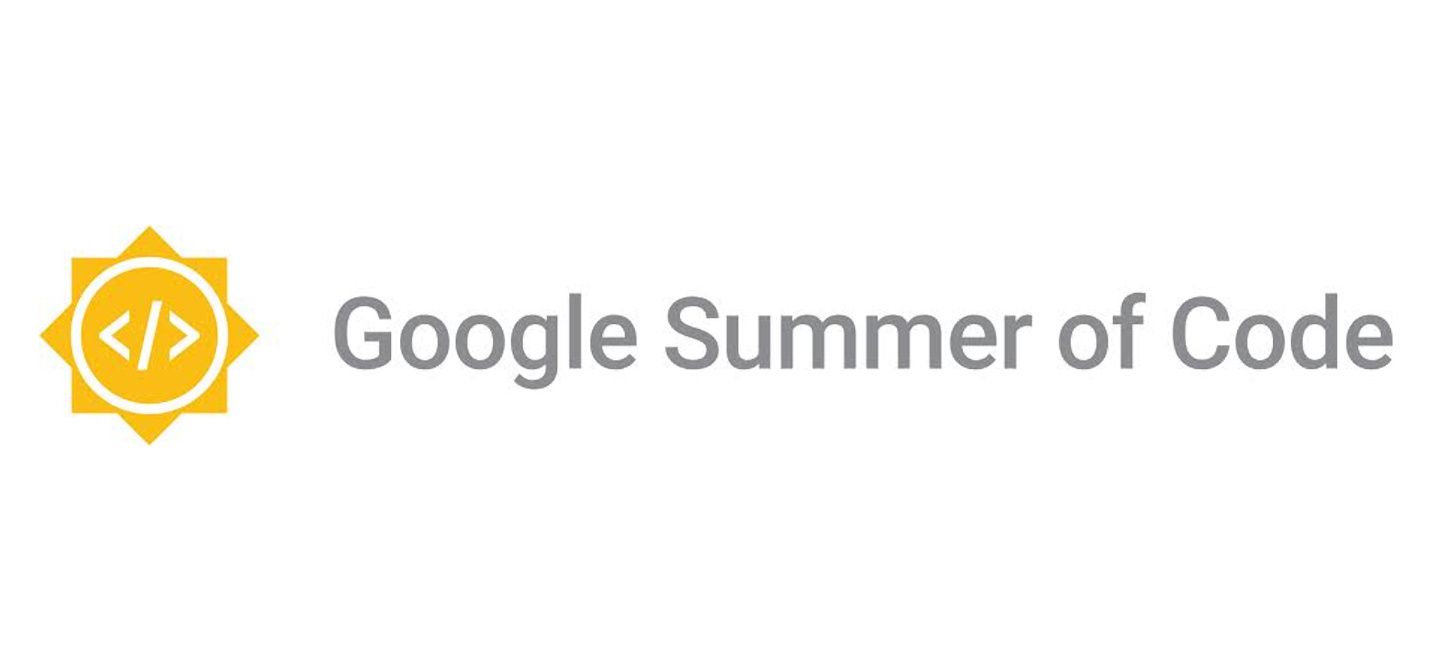My first GSoC post
Well, it is my first post, hope it will be interesting. I plan just to explain the idea of my project, share some links and useful materials.
The topic of the project
"Several medical procedures in surgery or interventional radiology are recorded as videos used for review, training, and quality monitoring. These videos have at least three interesting artifacts - (1.) anatomical structures such as organs, tumors, tissues, etc. (2.) medical equipment, and (3.) medical information overlaid that describes the patient. It will be immensely helpful for review and search purposes if these can be identified and automatically labeled in the videos." - source.
From the description, it is clear that a resulting set of ML tools should be able to:
Classify the medical procedure being carried out;
Organs, tumors, tissues segmentation, and detection;
Medical equipment classification and segmentation;
An essential feature of the designed product is that the model should be able to work in a VR environment.
Issues related to implementation
In my opinion, the main issue here is the lack of data. VR datasets are not that rare. However, the domain of VR medical images is significantly less widely spread than the ordinary medical imaging datasets. I propose a simple solution for the beginning of the project: to ‘simulate’ the VR environment.
In other words, we can use an ordinary dataset (for example, Cholec80) and then add Oculus Rift-like distortion so that it looks almost like an image from the VR headset.
| Simulated VR example |
The figure above shows how I plan to simulate the VR environment. It is seen that the resulting image is similar to the one we can see using the Oculus Rift headset. I think that using this trick; we can use plain image datasets for classification, segmentation, and object deteсtion and then transform it if no VR datasets are available.
Related work
Open Visualisation Space and Tumor recognition. I have found an article on OVS+Tumor: a tool for enhanced lung tumor annotation in VR for machine learning training and analysis. If I have understood correctly, this tool can be used to create datasets for 3D images classification in a VR environment. I have requested access to this article from my university. However, it could take some time.
Object detection in a VR environment. An article suggests using a special YOLO model for object detection in a VR environment. This article is out of date. However, their dataset could be used to pretrain YOLO-5 on VR images and then to finetune it for tumor/surgery tools detection in VR.
More data. It is possible to use more data from CAMMA, simply by simulating the VR environment. At least CAMMA’s Cholec80 surgery scenes dataset will be used in my project to develop a model for scene classification in VR. We can also use any open dataset, for example, the widely known brain tumor dataset, and try simulating a VR environment with this data.
Extraction from Cholec80 dataset
Surgical Tools. There is a nice object detection dataset and a paper accompanying it. I plan to use it for medical equipment detection. Also,another dataset can be used for surgical tools segmentation.
Extraction from Surgical Tools detection dataset
Laryngeal Cancer detection. I have found The Laryngeal Dataset, which can be used to detect cancer during laryngeal surgery. It can be adopted to be used in VR via the proposed method.
To conclude the related work section, I would like to identify what I plan to focus on during the GSoC program. First of all, I plan to build a scene classification model from the Cholec80 dataset, adopted for the VR environment. The next step is to build a surgical tools detection dataset.

Comments
Post a Comment